Natori Shunsen: The master of Shin Hanga kabuki portraits
Natori Shunsen (1886-1960) was another prominent artist of the Shin Hanga movement, known for his vibrant and dynamic portraits of kabuki actors. His work captures the essence of the kabuki theater, showcasing the dramatic intensity and intricate costumes of the performers. Here, we briefly explore the life and art of Natori Shunsen, highlighting his unique style and lasting impact on Japanese art.
 Nakamura Ganjiro as Tojuro, Natori Shunsen, 1925. Source: Wikimedia Commonsꜛ (license: public domain)
Nakamura Ganjiro as Tojuro, Natori Shunsen, 1925. Source: Wikimedia Commonsꜛ (license: public domain)
Biography
Natori Shunsen (名取 春仙), born Natori Yoshinosuke on February 7, 1886, in Yamanashi Prefecture, Japan, was a distinguished artist best known for his vivid and dynamic portrayals of kabuki actors (yakusha-e). His work is celebrated for its meticulous detail and ability to capture the essence of the kabuki theater, making him one of the most prominent figures in the Shin Hanga movement, particularly in the genre of actor prints.
Shunsen grew up in a culturally rich environment, and his early exposure to traditional Japanese arts significantly influenced his artistic development. He initially studied Nihonga (traditional Japanese painting) under the guidance of various local artists. His early education provided him with a solid foundation in traditional techniques, which would later inform his unique approach to woodblock printing.
In 1904, at the age of 18, Shunsen moved to Tokyo to further his studies. He became a student of Matsumoto Fūko, a well-known Nihonga painter, and later studied under Kaburagi Kiyokata, another influential Nihonga artist. It was under Kiyokata’s mentorship that Shunsen developed a keen interest in the kabuki theater, which would become the primary subject of his work.
Shunsen began his career as an illustrator for newspapers and magazines, where he honed his skills in portraiture. His work quickly gained recognition, and in 1915, he was introduced to Watanabe Shōzaburō, the publisher who would become the driving force behind the Shin Hanga movement. Watanabe recognized Shunsen’s talent for capturing the dramatic expressions and intricate costumes of kabuki actors and encouraged him to produce a series of actor prints.
Shunsen’s kabuki portraits (yakusha-e) were highly successful, both in Japan and internationally. His ability to convey the power and intensity of kabuki performances through his prints earned him a lasting reputation as the preeminent kabuki portraitist (yakusha-e) of the Shin Hanga* movement.
Natori Shunsen continued to work until the 1950s, contributing to the preservation and promotion of traditional Japanese theater through his art. He passed away on October 30, 1960, leaving behind a legacy as one of Japan’s greatest portrait artists.
Artistic style and significance
Natori Shunsen is best known for his kabuki portraits, which are celebrated for their dramatic intensity, meticulous attention to detail, and the ability to capture the essence of the kabuki theater. His work stands out for its unique blend of traditional Japanese aesthetics and modern artistic techniques.
Kabuki portraits: Capturing the spirit of Japanese theater
Shunsen’s kabuki prints, known as yakusha-e, are among the most iconic works of the Shin Hanga movement. He had a remarkable ability to convey the larger-than-life personalities of kabuki actors, capturing not only their physical likeness but also the emotional intensity of their performances. His portraits often depict actors in their most famous roles, with exaggerated facial expressions and dynamic poses that reflect the highly stylized nature of kabuki theater.
One of the defining features of Shunsen’s work is his meticulous attention to detail. He carefully rendered the intricate patterns of the actors’ costumes, the elaborate makeup known as kumadori, and the distinctive hairstyles that were characteristic of kabuki performances. This level of detail, combined with his skillful use of color and composition, gives his prints a sense of vibrancy and immediacy that draws the viewer into the world of the theater.
Fusion of traditional and modern techniques
While Shunsen’s work is deeply rooted in the traditions of ukiyo-e actor prints, he also incorporated modern techniques and sensibilities that were central to the Shin Hanga movement. His use of realistic shading and perspective, influenced by Western art, added a sense of three-dimensionality to his prints that was not typically found in earlier ukiyo-e portraits.
Shunsen also experimented with light and shadow to create a dramatic effect, enhancing the theatricality of his subjects. His ability to blend traditional Japanese aesthetics with modern techniques allowed him to create prints that were both true to the spirit of kabuki and appealing to contemporary audiences.
Impact on the Shin Hanga movement
Shunsen’s contribution to the Shin Hanga movement was significant, particularly in the genre of actor prints. His work played a crucial role in the revival of interest in kabuki theater, both in Japan and abroad, at a time when traditional Japanese arts were facing the challenges of modernization and Westernization.
Through his portraits, Shunsen not only preserved the visual legacy of kabuki actors but also brought the energy and excitement of kabuki performances to a broader audience. His prints were highly sought after by collectors, and his influence extended beyond Japan, contributing to the global appreciation of Japanese theater and woodblock printing.
Later years and legacy
In the later years of his career, Shunsen continued to produce kabuki portraits (yakusha-e), as well as other works that reflected his interest in Japanese culture and tradition. His prints remain highly valued by collectors and are considered some of the finest examples of kabuki portraiture in Japanese art.
Shunsen’s legacy is that of a master portraitist who captured the spirit of an entire art form through his work. His ability to convey the drama and intensity of kabuki theater in his prints has earned him a lasting place in the history of Japanese art.
Notable works
Throughout his career, Natori Shunsen produced numerous iconic prints that are considered masterpieces of the Shin Hanga movement. Here are some of his most famous works:


Left: Bando Mitsugoro as Farmer Manbei, Nakamura Ganjiro, 1927. Source: Wikimedia Commonsꜛ (license: public domain) – Right: Kataoka Nizaemon XI as Kakogawa Honzo, Natori Shunsen. Source: Wikimedia Commonsꜛ (license: public domain)


Left: Hisami Ichikawa as Shigenari Kimura, Natori Shunsen, 1952. Source: Wikimedia Commonsꜛ (license: public domain) – Right: The second generation Nakamura Ganjiro’s Jihei Kamiya, Natori Shunsen, 1952. Source: Wikimedia Commonsꜛ (license: public domain)


Left: Ichikawa Sadanji II as Narukami, Natori Shunsen, 1926. Source: Wikimedia Commonsꜛ (license: public domain) – Right: Onoue Kichigorō VI. as Hayano Kambei, Natori Shunsen, 1929. Source: Wikimedia Commonsꜛ (license: public domain)


Left: Nakamura Kichiemon I as Mitsuhide, Natori Shunsen, 1926. Source: Wikimedia Commonsꜛ (license: public domain) – Right: Two Little Puppies, Natori Shunsen, 1950s. Source: Wikimedia Commonsꜛ (license: public domain)
Conclusion
Natori Shunsen is remembered as one of the most significant artists of the Shin Hanga movement, particularly for his contributions to the genre of kabuki portraiture (yakusha-e). His ability to capture the drama, intensity, and emotion of kabuki theater through his prints has earned him a lasting place in the history of Japanese art. Shunsen’s work continues to be celebrated for its beauty, craftsmanship, and its role in preserving and promoting the visual legacy of kabuki actors. His prints remain highly valued by collectors and art enthusiasts around the world, ensuring that his legacy as a master portraitist endures.
References and further reading
- Chris Uhlenbeck, Jim Dwinger, Philo Ouweleen, Shin Hanga - Die »Neuen Drucke« Japans 1900-1950, 2022, Hatje Cantz, ISBN: 9783775752190
- viewingjapaneseprints.netꜛ
- Natori Shunsen on ukio-e.orgꜛ

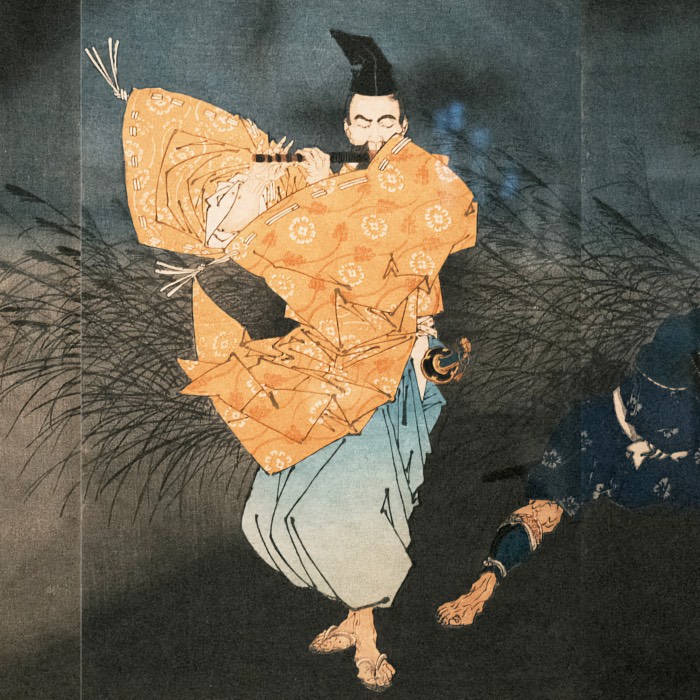

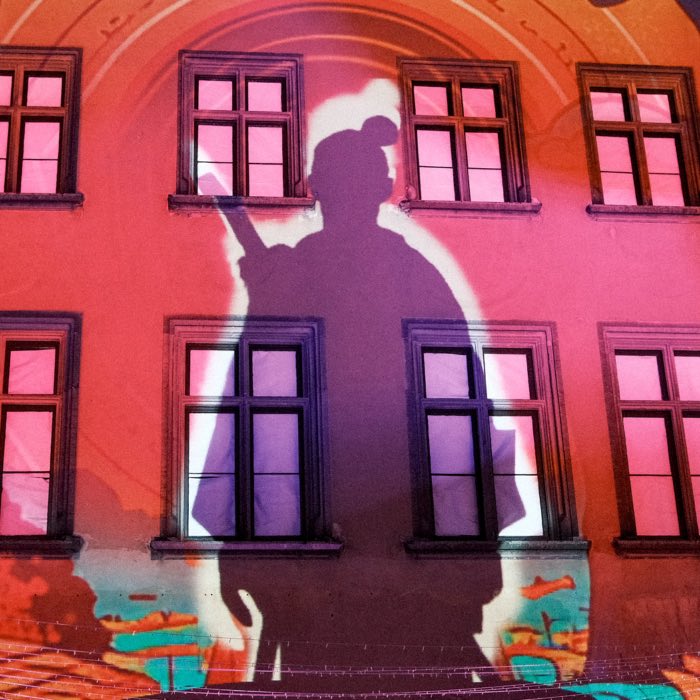
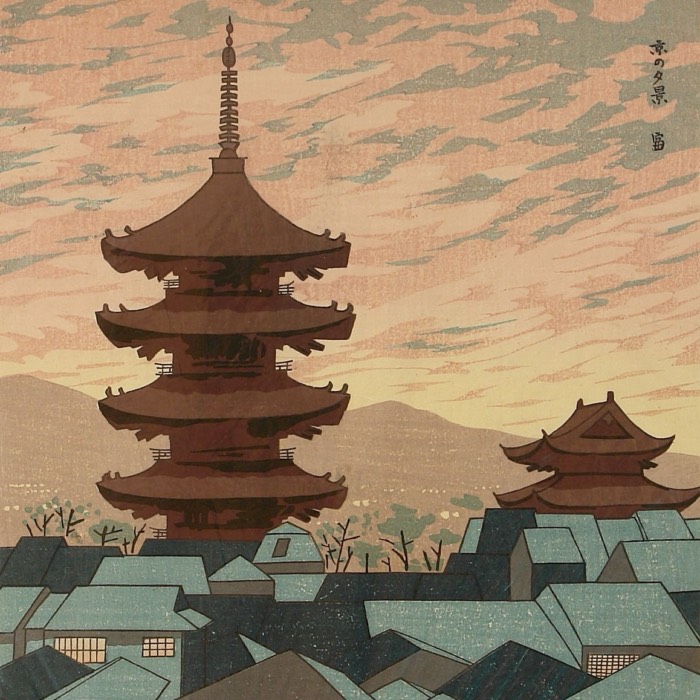

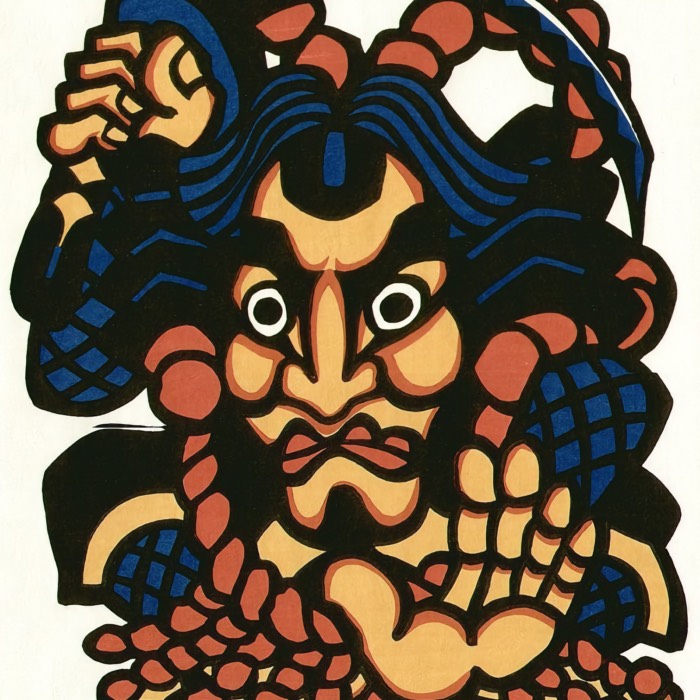
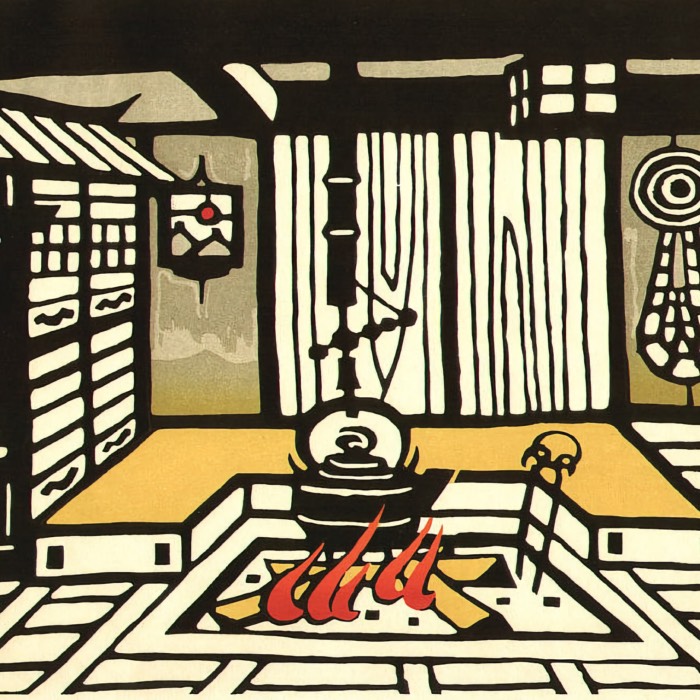
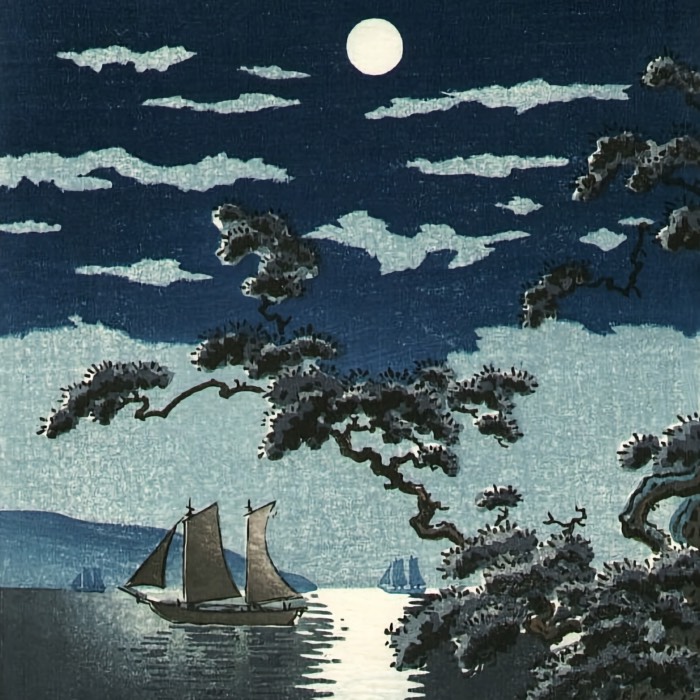
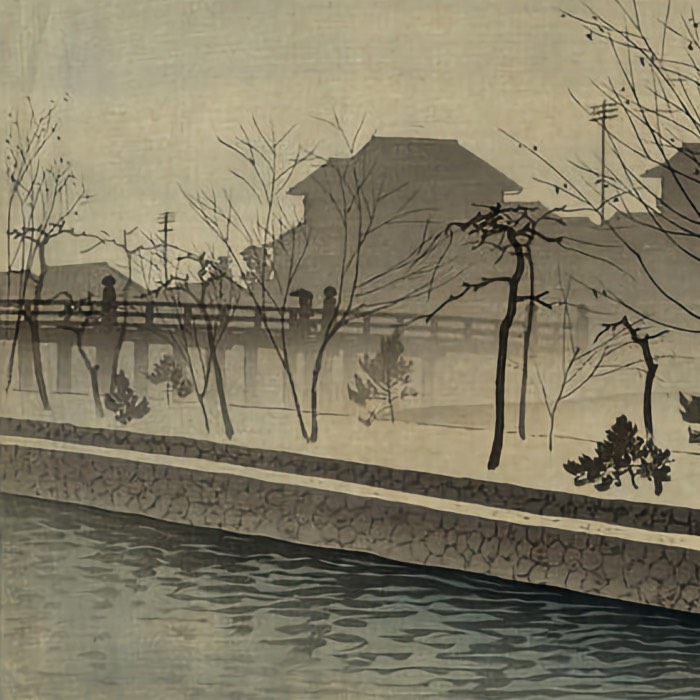
comments